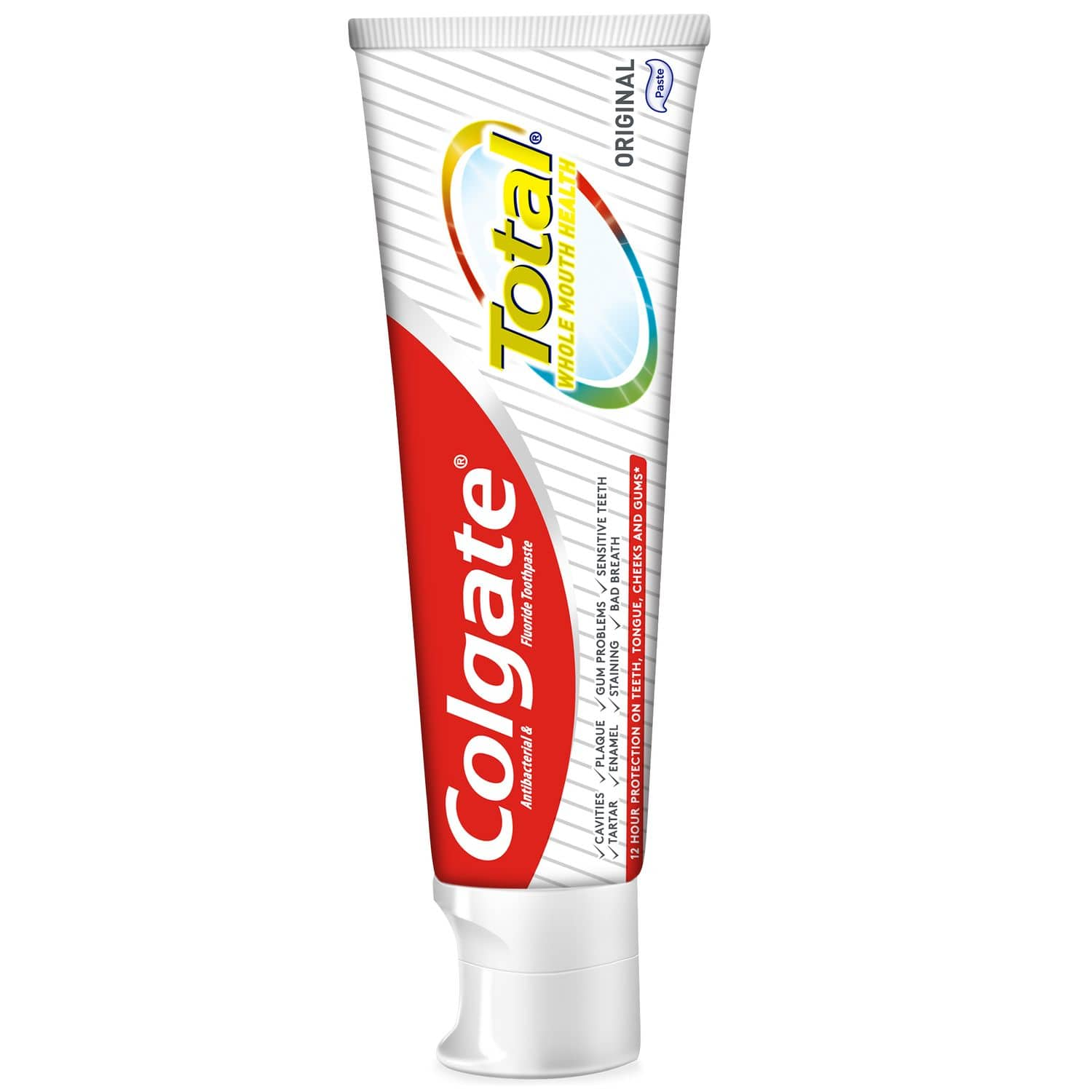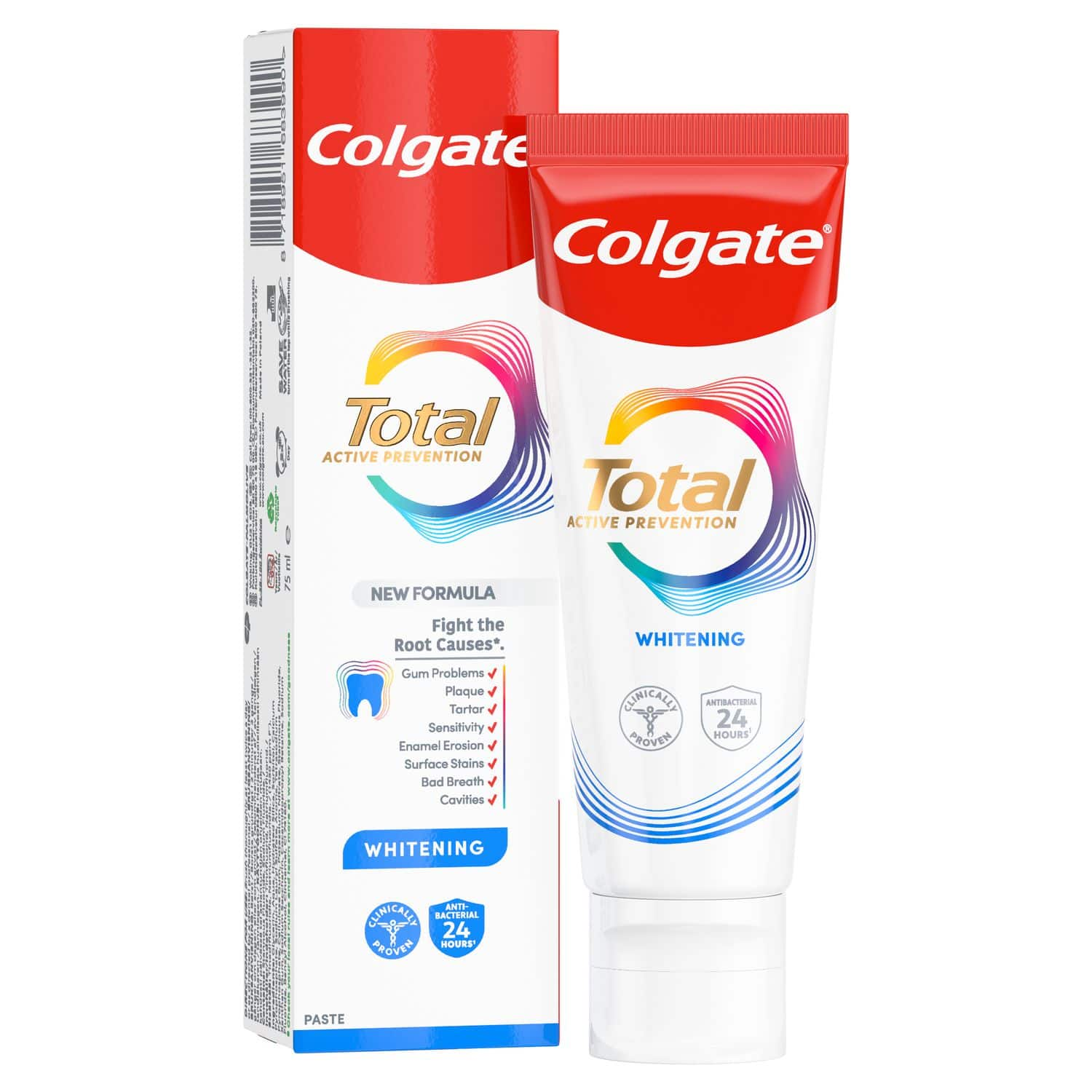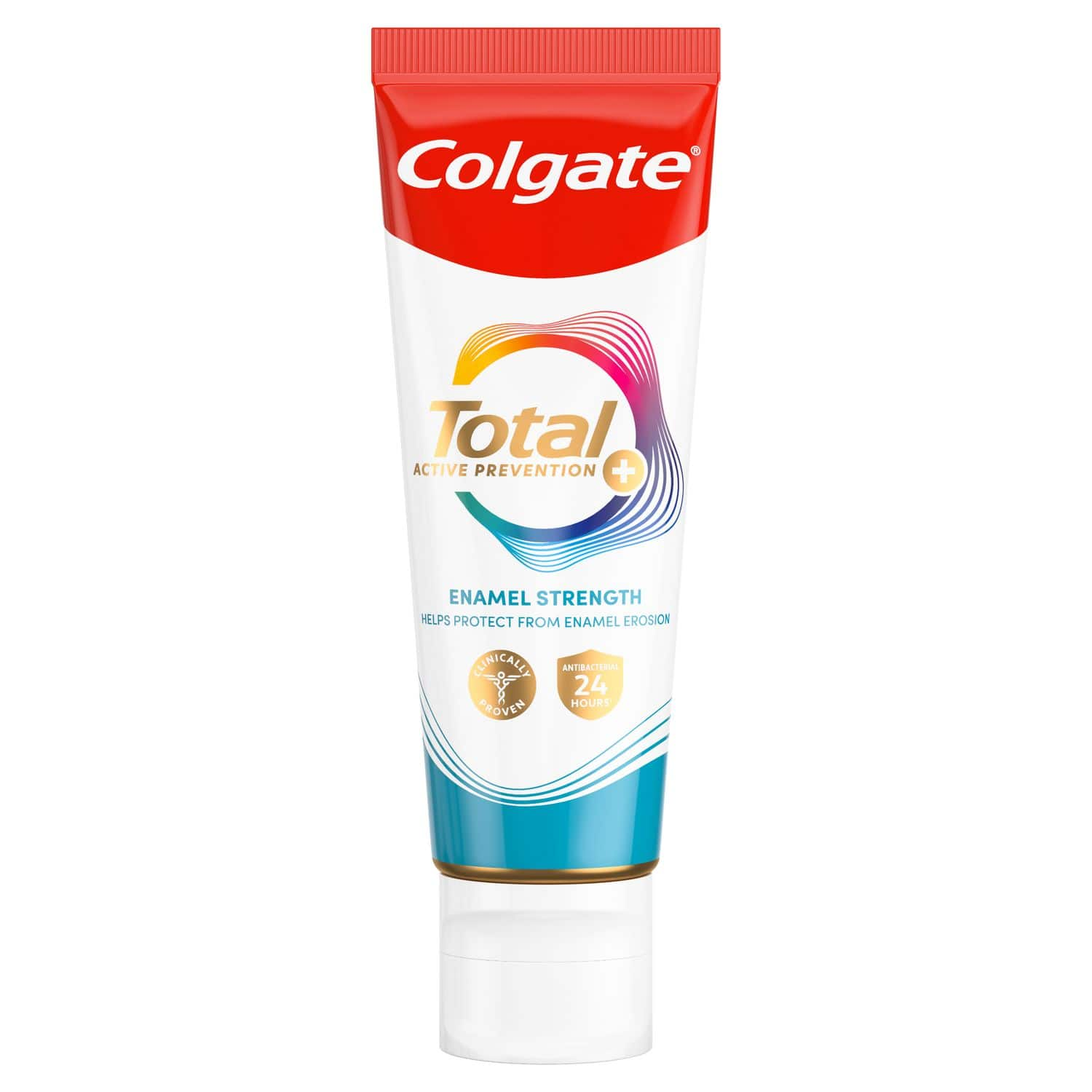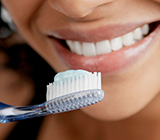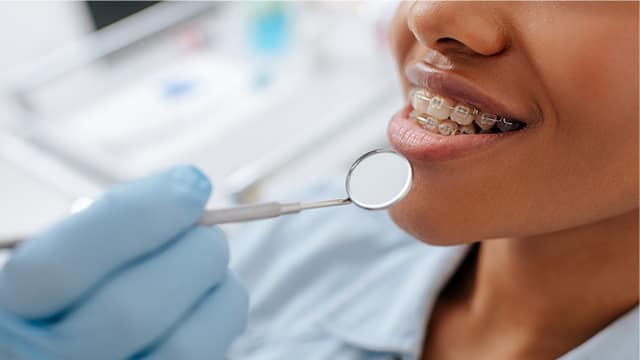When determining which toothbrush to choose, the first question you need to answer is what are your dental needs? Many people have sensitive teeth, whereas others struggle with plaque retention along the gumline or directly on the tongue. All brushes share in some universally beneficial features, though, and there are specific toothbrushes available to ensure they help each individual user. Here's how to find a product that is both safe and effective while still addressing your specific dental concerns:
The Brush Head
One important factor when choosing a toothbrush is the texture and material of the brush head – which should be constructed with soft nylon bristles. Although many brushes in shops are labelled "medium" or "firm," it's best to use a brush labelled "soft" or "extra soft". Why? These brushes support gentle bristles that allow for adequate plaque removal without causing damage to the enamel in the process (a common cause of tooth sensitivity).
It is also preferable that the bristles on the brush be of varied lengths. This allows for the proper cleansing of the teeth by accessing the naturally deep grooves of your teeth with each stroke – particularly along the gumline where the teeth make contact with one another.
The Bristles
A good toothbrush can also have added benefits to very basic features, such as extended bristles along the tip that are designed to reach back behind the teeth. This allows you to access areas where plaque bacteria love to hide, and remove these germs before they can harm the enamel.
Brushes like these also have gentle polishing cups that retain the toothpaste in the brush, allowing the ingredients in the toothpaste to maintain contact with the surfaces of the teeth for longer. This allows the toothbrush user to receive the full benefits of the toothpaste, such as enamel strengthening and stain removal.
Peripheral Cleaning
Keep in mind your toothbrush shouldn't just help your teeth; your oral cavity's soft tissue needs love too. Another feature that is great to have on a toothbrush is a tongue and cheek cleaner. In the past, tongue cleaners were only available as separate tools. New innovations in toothbrush manufacturing now put this feature right on the back of the brush head, so you can use the soft bumpy ridges to remove bacteria from the surfaces of the tongue immediately after finishing with your teeth. This added benefit ultimately decreases the occurrence of bad breath, making the whole mouth feel cleaner as it cleanses not only the tongue, but the inside of the cheeks and gums.
When in doubt, ask your dental professional for guidance. He or she can help you ensure the best toothbrush is also right for your specific dental needs, so you don't navigate the oral care aisle without knowing what to look for.
ORAL HEALTH QUIZ
What's behind your smile?
Take our Oral Health assessment to get the most from your oral care routine
ORAL HEALTH QUIZ
What's behind your smile?
Take our Oral Health assessment to get the most from your oral care routine
